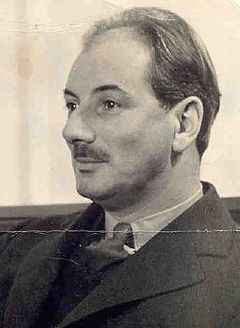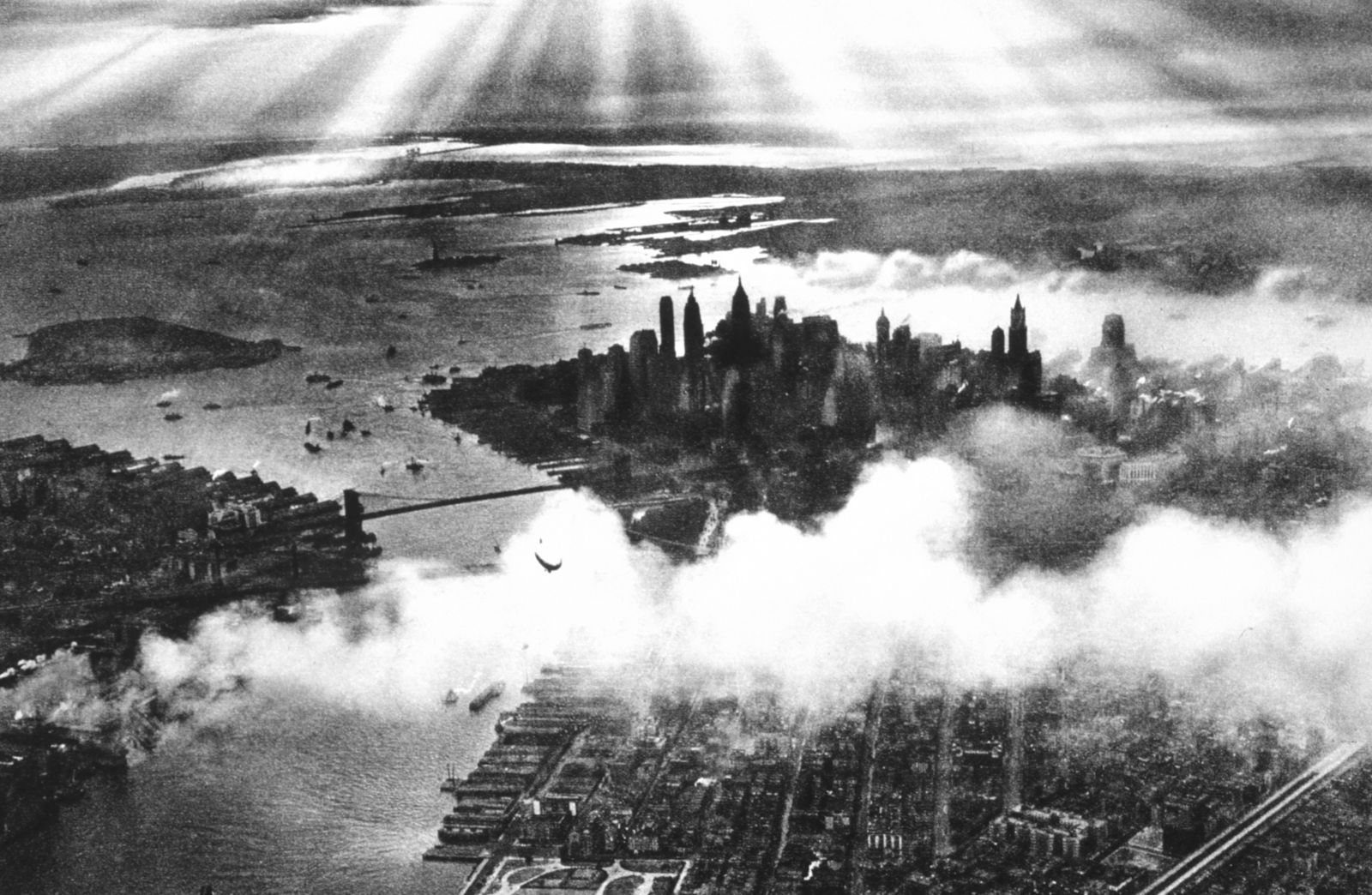By Lewis Mumford
About the Author:

Lewis Mumford, (1895 – 1990) was an American historian, sociologist, philosopher of technology, and literary critic. Particularly noted for his study of cities and urban architecture, he had a broad career as a writer. Mumford was influenced by the work of Scottish theorist Sir Patrick Geddes and worked closely with his associate the British sociologist Victor Branford. Mumford was also a contemporary and friend of Frank Lloyd Wright, Clarence Stein, Frederic Osborn, Edmund N. Bacon, and Vannevar Bush.
Date: 1937
Period: Modern movement (1900-1950)
Summary:

In “What is a City?” Lewis Mumford, one of the most preeminent urban historians descries what he sees as the chief handicap to modern city planning, the failure to understand and embrace the social function of the city. Rather than view the city as a “purely physical fact” Mumford suggests a broader view and asks “what is the city as a social institution?” and offers the following answer; “The city in its complete sense, then is a geographic plexus, an economic organization, an institutional process, a theater of social action, and an aesthetic symbol of collective unity.” Mumford’s focus is not on “the built environment” as such but rather the city as locus of social networks and a theater in which “man’s more purposive activities are focused and work out, through conflicting and cooperating personalities, events, groups, into more significant culminations.” While the nature of the built environment no doubt influence this social drama, Mumford sees its role as primarily that of a well designed stage set, to facilitate and intensify the performance of the actors upon it. Mumford asserts that the quintessential character of the city is to “create drama,” for although all of the necessary physical structures of cities may exist elsewhere, namely in the suburbs, it is this “opportunity for social disharmony and conflict” that only urban densities and proximities provide. A city may be viewed according to Mumford as “a special framework directed toward the creation of differentiated opportunities for a common life and a significant social drama.”

Mumford argues that it is this consideration that ultimately should determine such limiting factors as size, density, area and layout of a city, rather than topographical or technological concerns. Since it is most important to express “size as a function of the social relationships to be served” it is natural that Mumford should advocate for small scale clusters of communities “adequately spaced and bounded” known as the “polynucleated city” as opposed to the monopolistic, hypertrophied and aggrandizing “mononucleated city” with its single focal point. Dubbing it the Highwayless Town, Mumford sees an eventual trend toward this form of limited, decentralized and dissociated urban development through the effective zoning of functions in which “the various functional parts of the structure are isolated topographically as urban islands appropriately designed for their specific use.” It is through this deliberate design and articulation that the necessary social concentration for social drama may be best achieved.
References:
Legates, R., & Frederic, S. The city reader. (5th ed.).
Mumford, L. (n.d.). Retrieved from http://www.contemporaryurbananthropology.com/pdfs/Mumford, What is a City_.pdf
“Knowing Cities.” : Notes on Lewis Mumford’s “What is a City?”. N.p., n.d. Web. 21 Mar. 2014. <http://knowingcities2011.blogspot.com/2011/08/notes-on-lewis-mumfords-what-is-city.html>.
“Lewis Mumford.” Wikipedia. Wikimedia Foundation, 24 Mar. 2014. Web. 24 Mar. 2014. <http://en.wikipedia.org/wiki/Lewis_Mumford>.
Published By: Moza AlMarri
